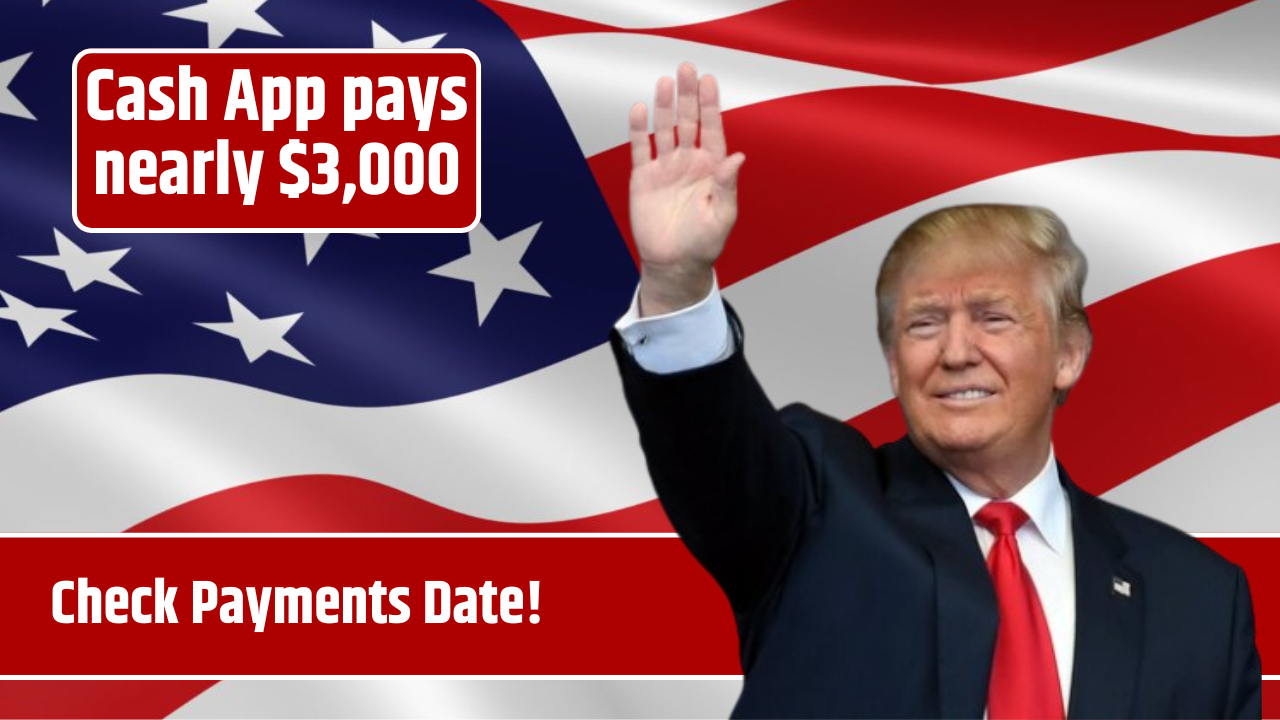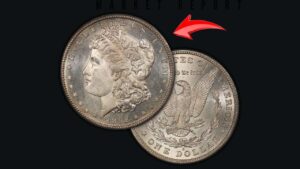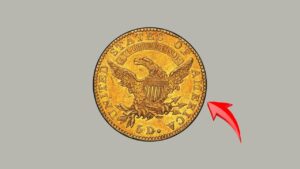Cash App is stepping up in a big way this season, with nearly $3,000 in payments reportedly hitting bank accounts soon. Whether you’re a regular user or new to the platform, here’s what you need to know about this payout wave, who qualifies, and when the funds are expected to land.
What’s Behind the $3,000 Payments?
The nearly $3,000 being distributed through Cash App is part of various financial relief initiatives, tax refunds, and possibly stimulus-related disbursements. The platform acts as a middleman, allowing users to receive government payments, employer direct deposits, or tax refunds more quickly than traditional banking systems.
In many cases, individuals are seeing early payments from:
- IRS tax refunds
- State-based stimulus or rebate programs
- Unemployment benefit backpay
- Child Tax Credit residuals
- Emergency rental assistance or utility relief
These payouts can vary depending on the user’s eligibility and filing status.
Who Qualifies for the Payment?
Not everyone using Cash App will see a $3,000 deposit. The amount depends on multiple factors:
| Payment Source | Potential Amount | Who Qualifies |
|---|---|---|
| IRS Tax Refund | Up to $3,000 | Taxpayers who overpaid taxes |
| Stimulus Checks/Rebates | $600–$1,500 | Based on income thresholds, dependents |
| Unemployment Backpay | Varies | Eligible individuals with delayed payments |
| Child Tax Credit | $250–$3,000 | Parents/guardians of eligible children |
| Rental Assistance Programs | Varies | Tenants facing housing instability |
You’ll need to ensure your Cash App account is set up to accept direct deposits and that your relevant information (like your SSN or EIN) is correctly entered.
When Will the Funds Arrive?
According to recent updates and user reports, payments are already starting to post, with a wider distribution expected by the end of May. Cash App often processes direct deposits up to two days earlier than traditional banks, giving users quicker access to their money.
To check if your payment is pending:
- Open your Cash App.
- Tap on the Banking tab.
- Look under Direct Deposit or Recent Activity for incoming funds.
Why Cash App Over Traditional Banks?
Cash App has become a go-to for faster payment processing and ease of use. Here are a few reasons people are routing major deposits through the platform:
- Speed: Early direct deposit access
- Convenience: No physical bank visit needed
- Accessibility: Ideal for the underbanked or unbanked population
However, it’s important to use these platforms responsibly and keep security measures like two-factor authentication enabled.
Final Thoughts
If you’re eligible, the $3,000 Cash App deposit could be a significant financial boost. Whether it’s a tax refund, benefit payment, or relief aid, make sure your account is set up correctly to receive these funds. Always double-check with the source of your payment to confirm the amount and expected deposit timeline.
FAQs:
Can I track my IRS refund through Cash App?
No, but once it’s sent to your Cash App-linked bank account, you’ll receive a notification.
What if I haven’t received my payment yet?
Check with the payment source (IRS, unemployment office, etc.). Delays can happen due to verification issues.
Do I need Cash App Plus or Boost to get these deposits?
No, direct deposit features are available on the basic Cash App version.
Is the $3,000 taxable?
It depends on the source. Tax refunds aren’t taxed, but unemployment benefits and some relief payments may be.




